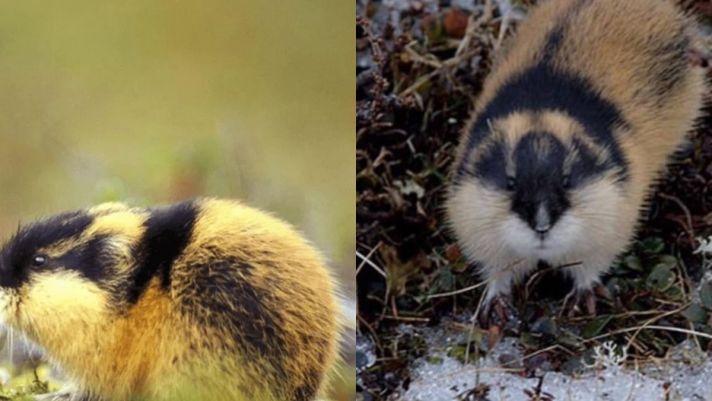When suddenly attacked by a snake, gerbils in America use jumping skills to dodge and kick the predator in the head.

Bipedal gerbils have spectacular escape reflexes from predators. Video: National Geographic.
In a new study published in the July issue of the journal Animal Behavior, researchers at San Diego State University, USA discovered anti-predator behavior in bipedal gerbils in the California desert, according to National Geographic .
To conduct research, scientists installed a radio transmission device on a venomous sidewinder snake of the viper family , scientific name Crotalus cerastes. This is an extremely patient hunter, able to lie in wait for prey for hours, even days.

A night camera system is then set up at the snake’s hunting site. Studying 36 encounters between snakes and gerbils, scientists found that the snake’s bite attack took about 100 milliseconds, but the mice still had enough time to recognize the hunter, react and escape. . “Jerking mice demonstrate very impressive escape jumps,” said lead researcher Malachi Whitford.
In the video posted on YouTube on July 31, gerbils demonstrate the technique of jumping high, launching long distances and kicking snake heads to escape. “These techniques turn bipedal gerbils into formidable opponents of these snakes,” Whitford said. In 23 attacks, the hunter only hit the target once but still let the prey escape.
If a snake is detected in ambush, a bipedal gerbil will use its hind legs to throw sand at the snake’s head or stomp its feet like a drum. The amount of sand shot in some cases is enough to bury a snake, forcing the hunter to leave its hiding place, according to Whitford.
According to biologist Peggy Hill at the University of Tulsa, the stomping technique may be a way for mice to let the snake know it has been detected because snakes are very sensitive to movement on the ground. She also believes that this species of rats uses stomping techniques to communicate with others.
This technique proved to be very effective. Snakes never attack once detected. “Go away or I will continue to torture you,” Whitford speculated about the meaning of the mouse’s stomping behavior.
According to Whitford, it is likely that rats attack snakes instead of leaving to keep their territory safe. Sidewinder snakes often attack rat burrows, so scaring away the predator could make its babies safer or eliminate the risk of the animal paying with its life in a wrong moment.





